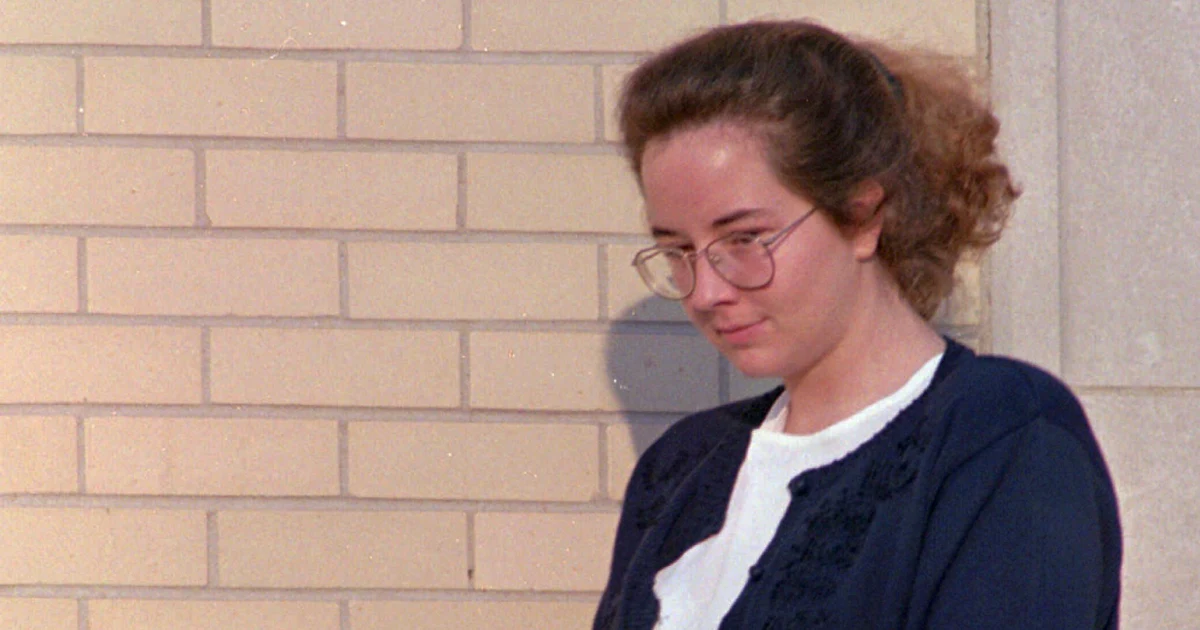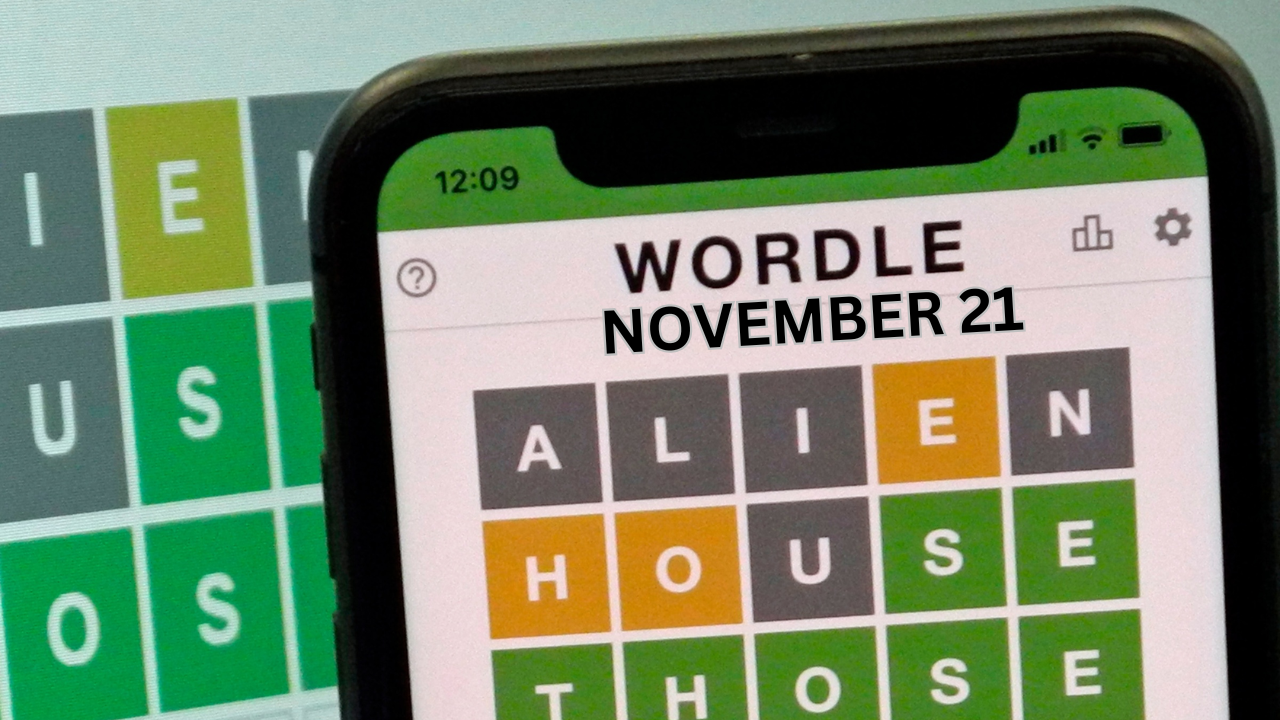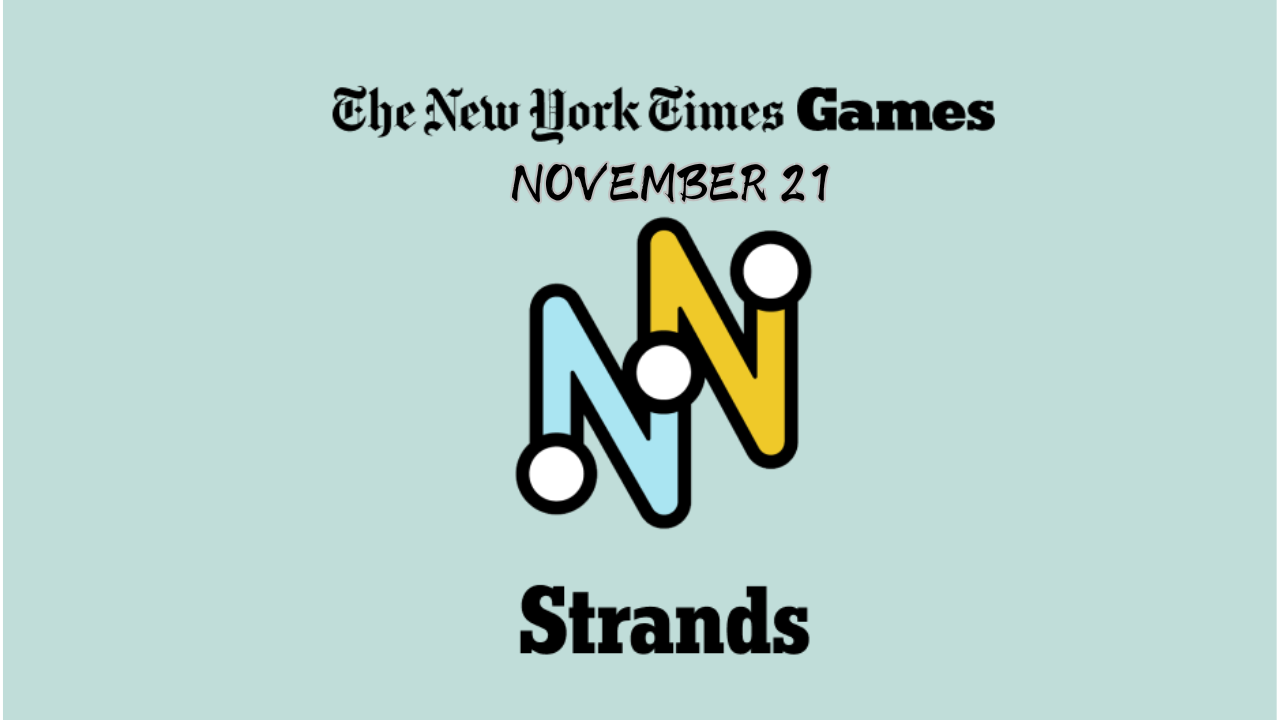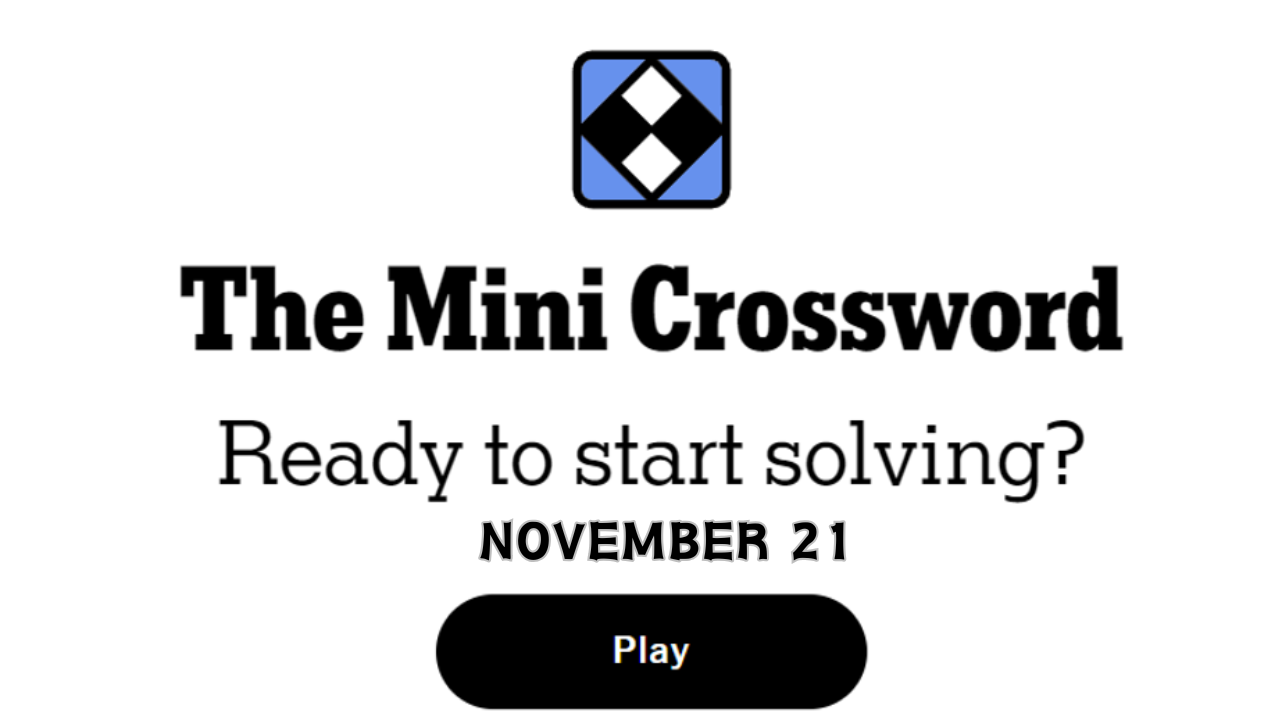Picture: https://pixabay.com/es/photos/gente-muchachas-mujeres-estudiantes-2557399/
On any side of the world, information is constantly circulating. Too many true and fake content ride on together everywhere. That’s why it is necessary to learn to discern.
Combating misinformation is surely a critical challenge. This goes especially for students who must make decisions based on the information they receive. Their professionalism depends on it.
That’s why it’s so important to have a support process during the learning process. This way, professional minds avoid the misinformation.
An effective tool is online platforms with professional essay writers and other kinds of professionals who offer only true information. This way you can get reliable content that helps develop critical thinking skills.
This enables students to identify fake news and foster a reflective mindset that builds a better-informed society.
What is misinformation, and why is it such a serious problem?
Disinformation is the intentional dissemination of false information with the aim of manipulating opinions or behavior. This phenomenon has a significant impact in several areas, such as:
- Politics: Fake news can influence elections and government decisions.
- Public health: Promotes unproven treatments that put lives at risk.
- Social trust: Generates distrust in institutions and traditional media.
Understanding this issue is crucial for students. Therefore, education plays a key role in providing tools to recognize and counteract misinformation.
Essential skills to combat misinformation
Education should not only transmit knowledge but also equip students with practical skills to navigate in an information-saturated environment.
These are some of the most important skills:
Critical thinking
Critical thinking allows students to question and analyze information. They should do this before accepting it as true. Teachers can encourage critical thinking. These are some ideas to do so:
- Compare sources: Contrast information from different media to identify inconsistencies.
- Detect bias: Recognize when a text seeks to manipulate opinions.
- Identify fallacies: Learn to distinguish invalid or misleading arguments.
For example, students can analyze opinion articles and discuss in class which are objective and which are designed to influence emotionally.
- Media literacy
Media literacy teaches students to consume and create content responsibly. This includes:
- Understand how social media algorithms shape what they see.
- Detect manipulated images or videos.
- Verify the authenticity of sources before sharing information.
A practical activity could be to analyze sensational headlines and discuss how they affect public perception. In addition, tools such as reverse image search engines can be used to verify the authenticity of visual content.
- Responsible content creation
Education should also focus on forming creators aware of the influence of their words and images. Understanding how content can impact others fosters a strong digital ethic.
An effective project might be to assign an essay on a current topic, in which students cite only reliable sources. This exercise not only reinforces the importance of rigorous research but also teaches them to value accuracy in communication.
- Collaborative work
Teamwork fosters the exchange of ideas and innovative solutions. In the context of misinformation, it allows students to analyze different perspectives and develop strategies to combat it.
For example, they could investigate how fake news has affected public health campaigns and propose solutions to better inform the public.
Practical strategies for students
Applying certain strategies in everyday life can help students develop skills that enable them to effectively combat misinformation.
Verify before sharing
This is a must in any social setting. The reason is very simple. Verified information positions you as a reliable professional. In addition, it gives you a better image as an acquaintance, student, and friend.
Cross-checking data with other reliable sources is a key step in this process. Search for information in verified media. Find many reliable sources that point to the same truth. Looking at information with a critical eye is key.
In addition to using fact-checking tools, such as FactCheck.org or Snopes, it is useful to pay attention to signals that may indicate that information is false or biased.
Use reverse image search engines.
Reverse image search tools, such as Google Images or TinEye, have become essential resources for identifying the authenticity of an image. These platforms allow users to upload an image or paste its URL to trace its origin and verify whether it has been altered, manipulated, or taken out of context.
This process helps prevent the spread of misleading content and encourages more critical analysis of visual materials shared online.
Participate in discussions
Debates foster the ability to analyze arguments from different perspectives. This not only improves critical skills but also prepares students to identify manipulative speeches.
Continuous education
Learning should not be limited to what happens inside the classroom; on the contrary, it should become a constant and dynamic process. Continuing education allows students to keep up with changing information.
A key aspect of continuing education is its ability to foster a critical and adaptive mindset.
Lean on educational platforms.
Platforms such as Advanced Writer offer valuable resources for students looking to improve their writing and critical analysis skills.
Access to reliable sources is another essential aspect offered by these platforms. Learning to distinguish authentic from inauthentic information has become an indispensable skill.
Advanced Writer not only facilitates access to content backed by verifiable data but also teaches students how to evaluate the quality and credibility of the sources they find online.
The long-term impact of education
Education has a transformative effect that goes beyond the classroom. Students who develop skills to combat misinformation not only benefit personally but also positively influence their communities.
An example of this impact is the ability of future professionals to act with ethics and integrity in their fields, promoting transparent and trustworthy communication.
In addition, students educated in media literacy can play an active role in creating a more informed and equitable society.
Misinformation is a global problem that requires immediate action. Educators need to be trained to equip students with all these skills to counter the phenomenon of misleading information.
This especially happens with the excessive use of social networks that do not control or filter the information provided there. It is inevitable that every day students have to face the tough challenge of identifying false information from true information.
As a student, every time you critically evaluate the information you consume and share, you are contributing to building a more trustworthy information environment.
With the support of professional essay writers and the development of these skills, you will be better prepared to face the challenges of a world full of contradictory information.






